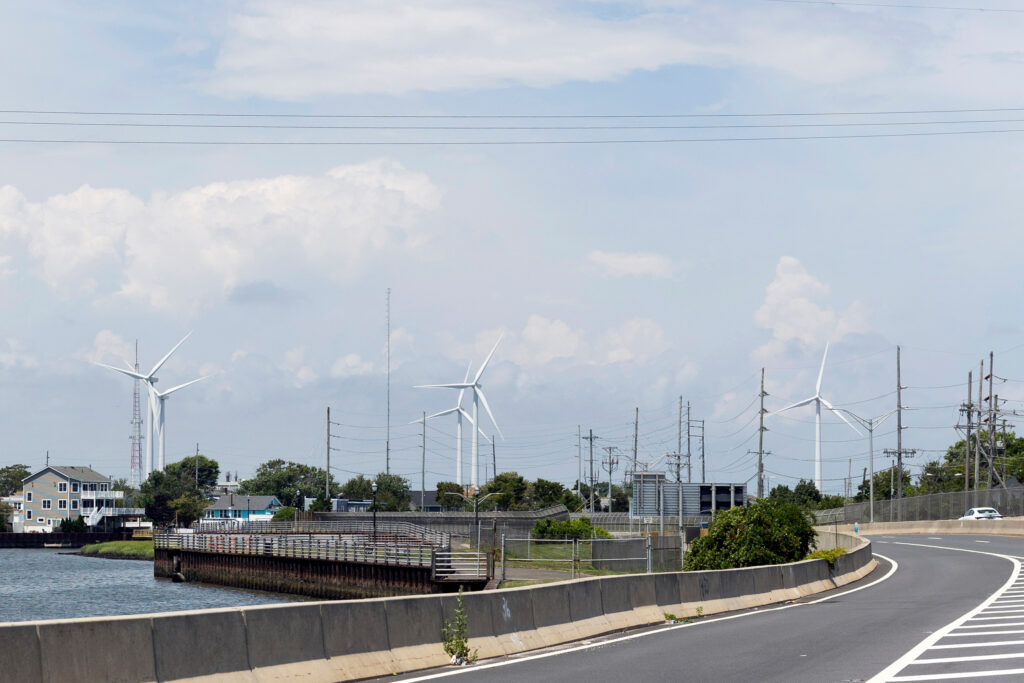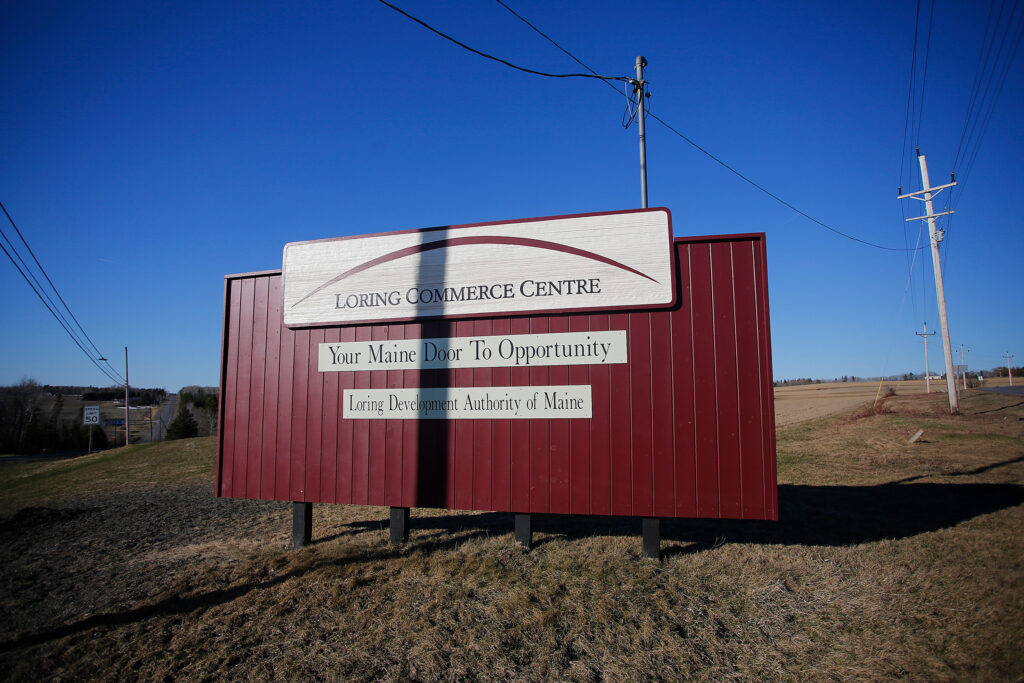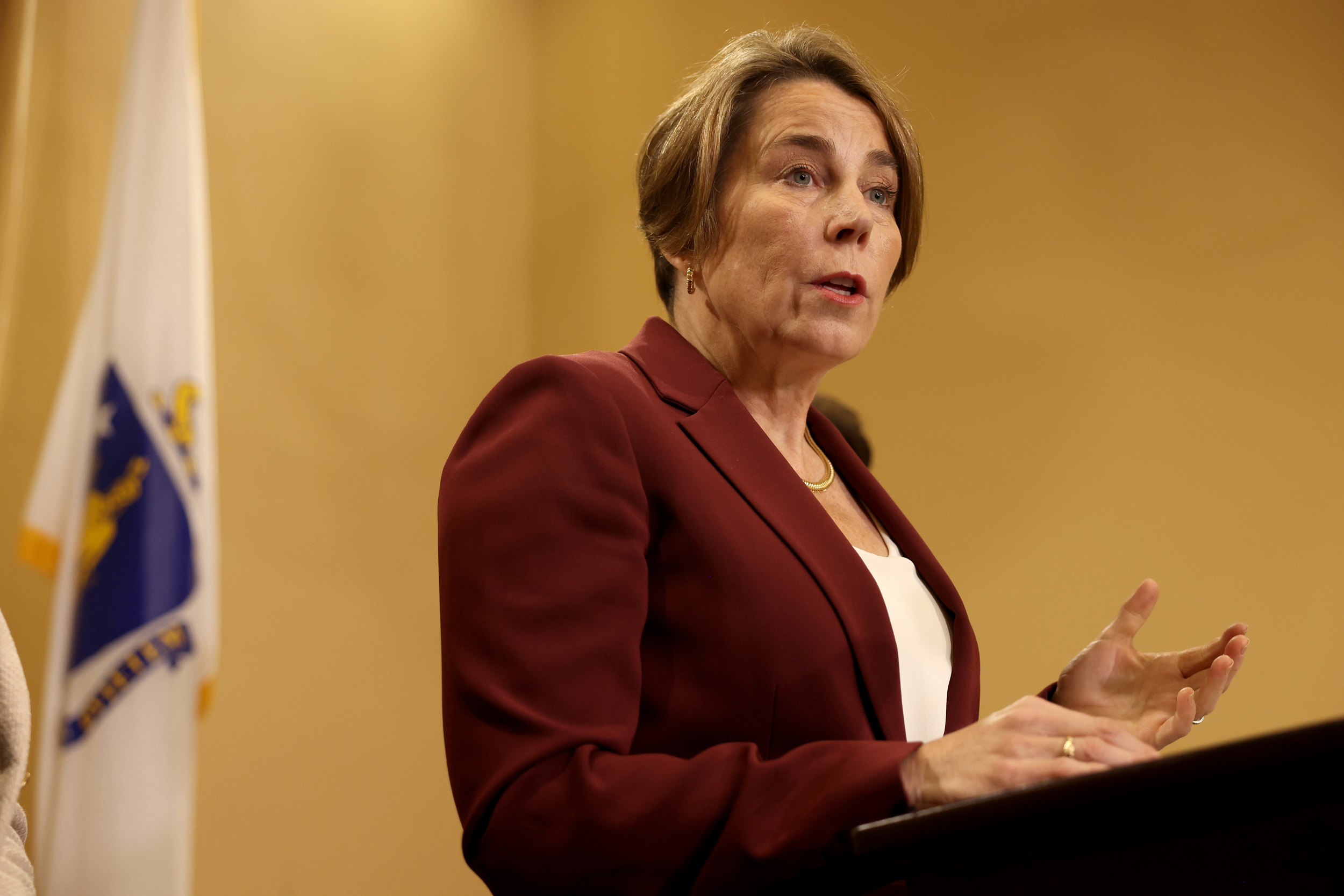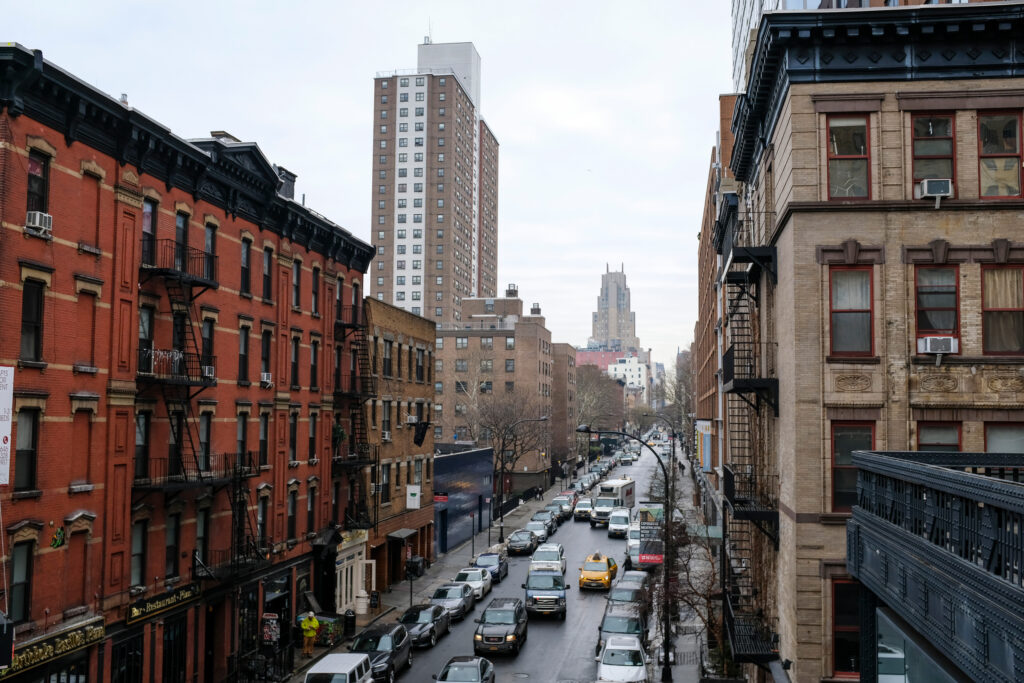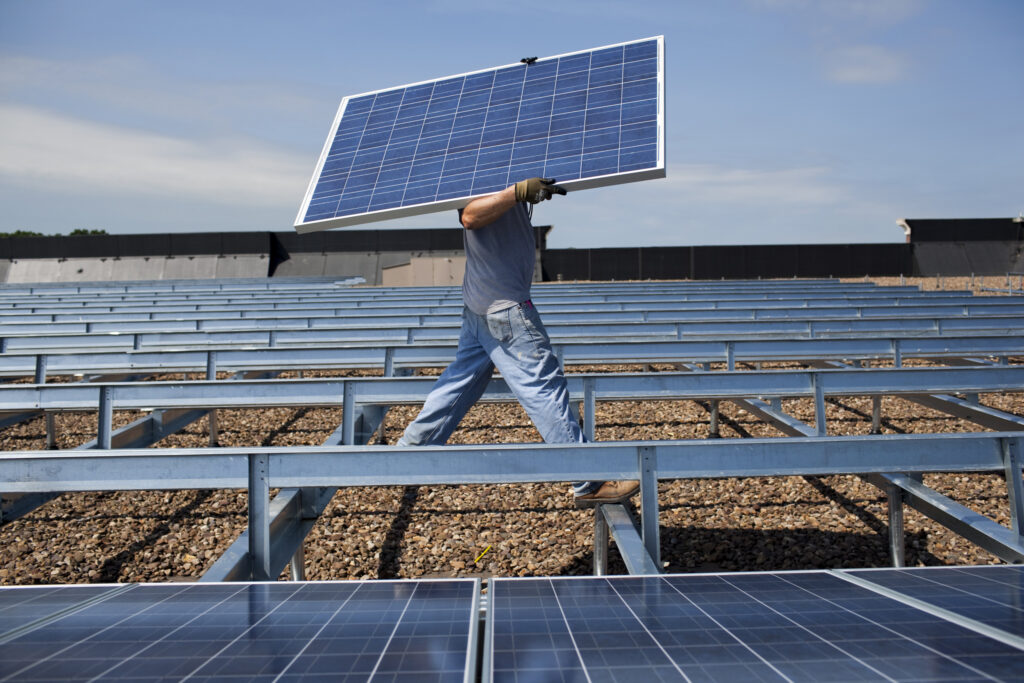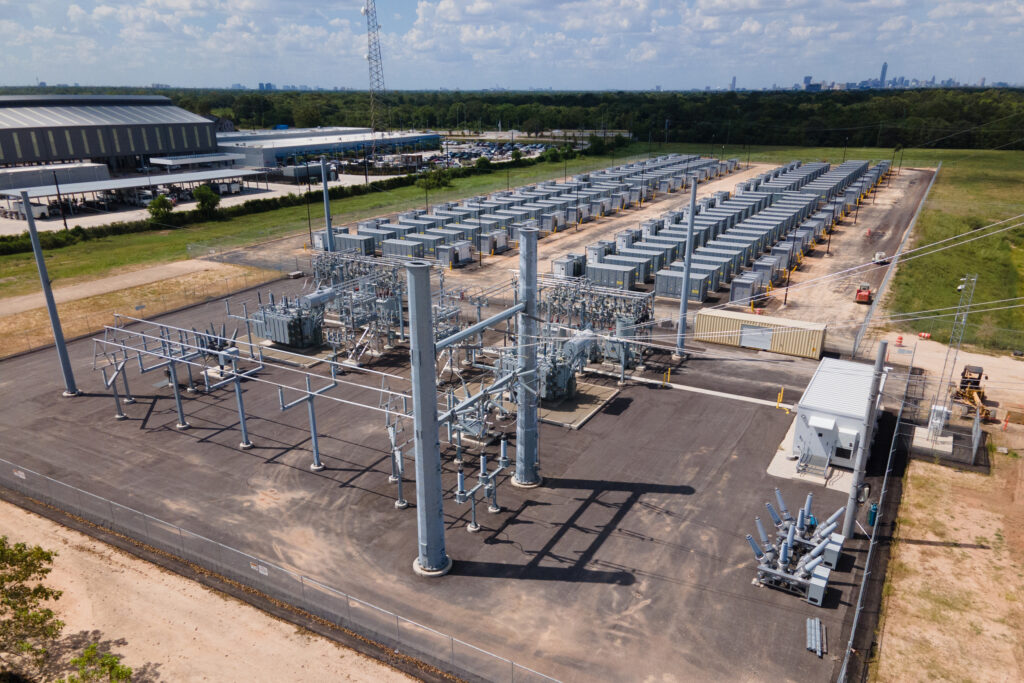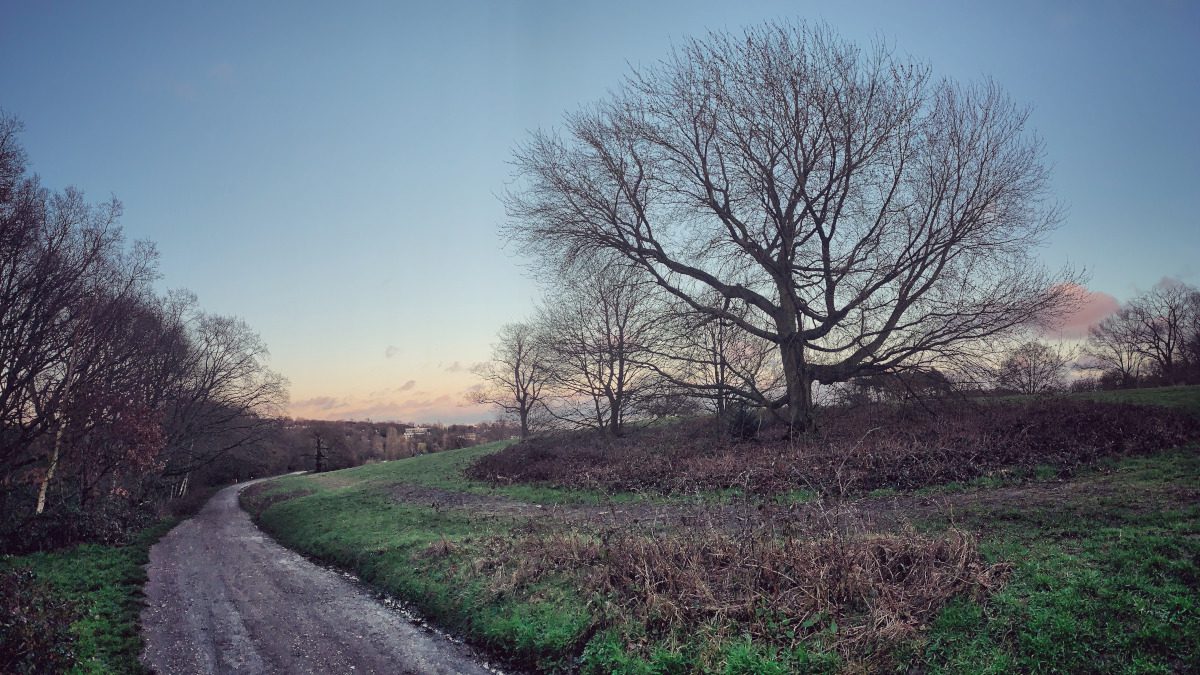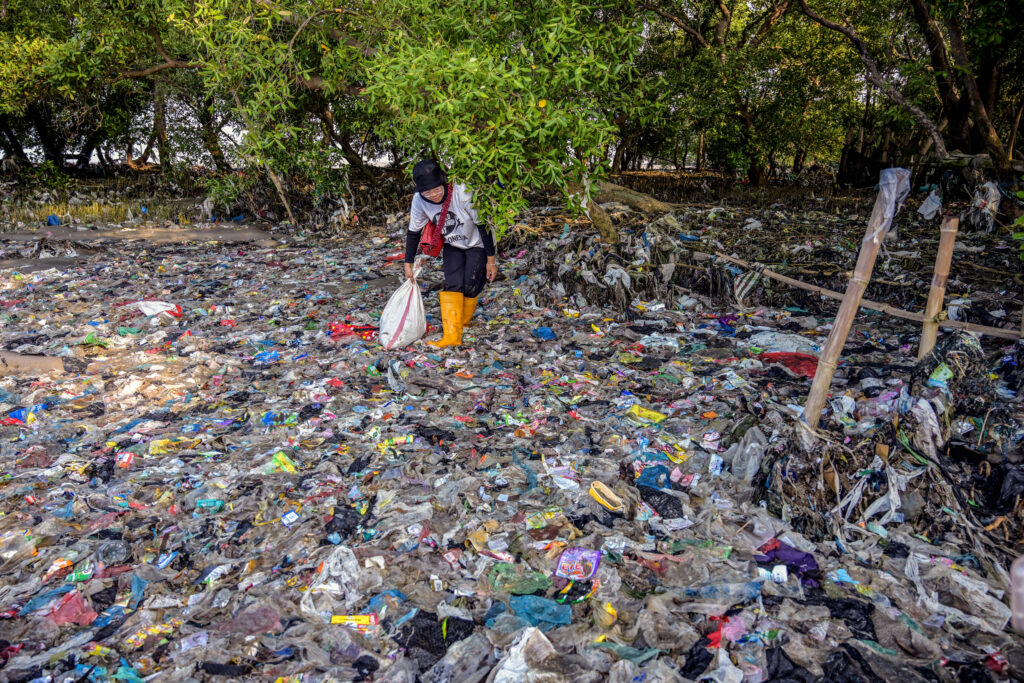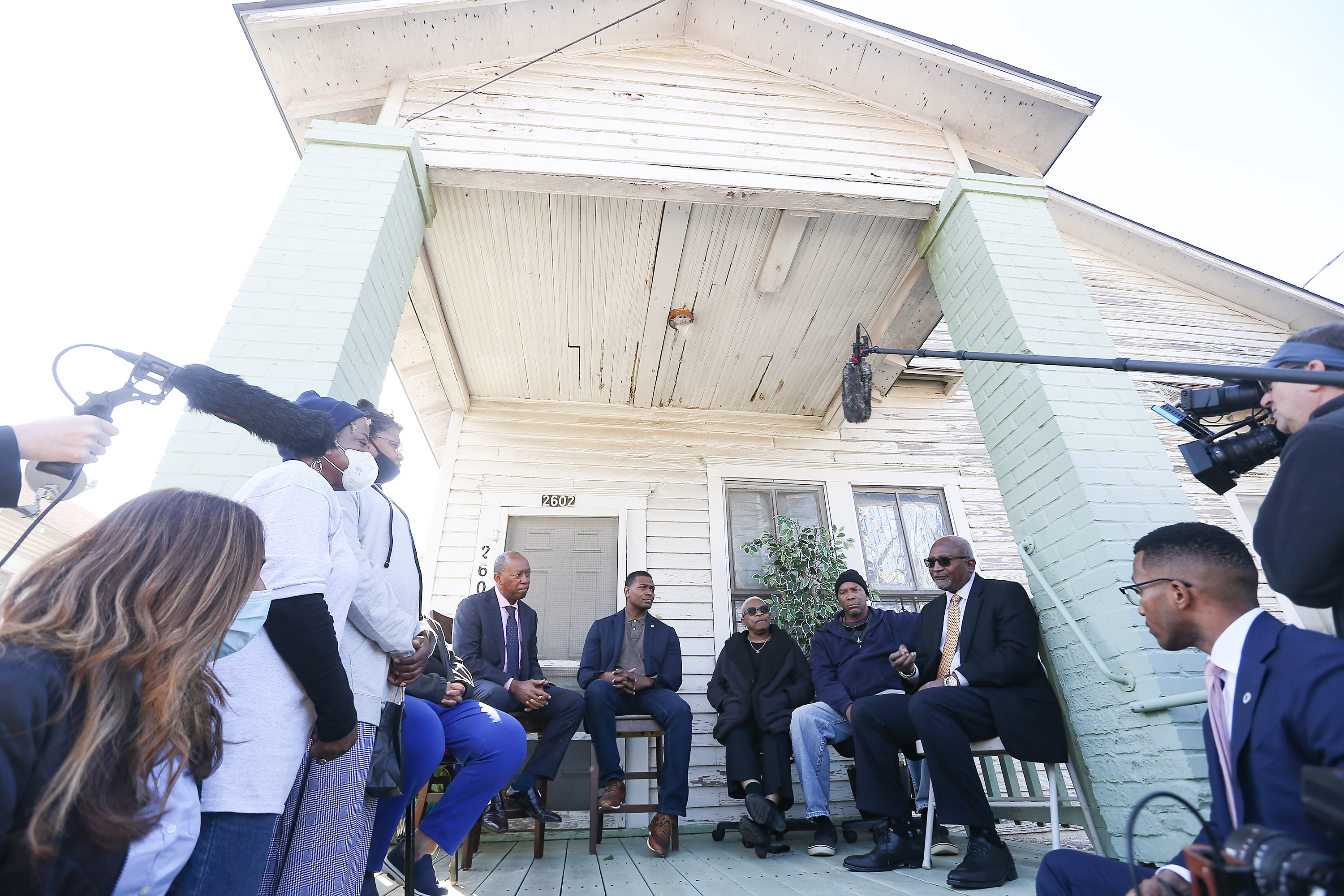The Bureau of Land Management, on Aug. 22, released its final Resource Management Plan for its Rock Springs District in Southwest Wyoming, spurring blowback from the governor and the fossil fuel industry, and drawing mostly praise from conservation groups.
The plan, released after an unprecedentedly long formulation, will close more parcels of land to oil and gas drilling and coal mining in order to prevent irreparable damage to cultural sites, viewsheds, migration corridors and wildlife, among other considerations of natural and social values, and places a greater emphasis on preserving areas of environmental concern.
In a surprise, the agency made it slightly easier for renewable energy to be built on the nearly 3.6 million acres under its management in the area. Land allotments for most renewables decreased, but not as drastically as parcels dedicated to fossil fuels.
Environmental groups and some Wyomingites responded warmly to the plan.
Explore the latest news about what’s at stake for the climate during this election season.
“The BLM has hit the bullseye with this proposal,” said Mark Kot, a retired Sweetwater County public land planner, in a prepared statement released by a consortium of environmental groups. It “chooses low-conflict areas for renewable energy projects and transmission lines; and prohibits speculative leasing and drilling in areas where there’s very low oil and gas potential, like much of the Northern Red Desert and Big Sandy Foothills,” he said.
When the BLM announced its draft plan and preferred alternative in August 2023, it set off a firestorm in the Cowboy State. The agency selected its Alternative B, which “conserves the most land area for physical, biological, and cultural resources” while implementing the most restrictions on resource extraction, the BLM said. Members of Wyoming’s oil and gas industry called the bureau’s selected alternative a national disaster and a death knell to the state’s economy.
Fossil fuel organizations and business associations voiced their displeasure with the BLM’s plan in a statement released last Thursday. “Our industries and members are deeply concerned about the plan the federal BLM has released. It disregards many relevant and valuable comments that were made by Wyoming businesses and people. We appreciate that the BLM made some adjustments [but] this plan includes an enormous increase in the prohibition of development of BLM multiple-use lands compared to the status quo. This is not a good proposal for business in Wyoming or the people who live in southwestern Wyoming.”
Gov. Mark Gordon, who has championed Wyoming’s fossil fuel industry, even as he acknowledges the need to reduce greenhouse gas emissions to slow climate change, said in a prepared statement that “the proposed Rock Springs RMP does not meet Wyoming’s expectations of durable, multiple use of public lands,” and took issue with the number of parcels newly off limits to development.
But these steps are exactly the ones conservationists in Wyoming are commending the BLM for taking. “BLM’s proposed plan is not only critical for sustaining the long-term health of sensitive fish and wildlife habitat in southwestern Wyoming, it also honors the wishes of the Greater Little Mountain Coalition and Governor Gordon’s Rock Springs task force,” said Josh Coursey, co-founder and president of the Muley Fanatic Foundation, in a prepared statement.
“It’s deeply satisfying, after a really robust public input process, to see the BLM pay personal attention to the public comments and make hard decisions,” said Julia Stuble, the Wyoming state director of the Wilderness Society. “They landed on a really reasonable plan. Undeveloped natural areas where people in the local community and people nationwide want to visit and recreate and experience—those are protected in the plan, and there is plenty of opportunity for all types of energy development to expand.”
Some conservationists wished the agency had gone further, designating more lands as wilderness areas. Lauren Marsh, BLM program manager for the Wyoming Wilderness Association, said in a prepared statement that her organization was disappointed the agency did not set up “important protections for the hoodoo-studded wildlands surrounding Adobe Town,” a colorful desert badland near Wyoming’s border with Colorado which will be available for oil and gas drilling under the final plan.
“We want public lands to be part of the climate solution.”
More than 70 percent of the 3.6 million acres in the Rock Springs area will still be available for fossil fuel expansion, but such development is not guaranteed. “For many of these minerals, deposits are unknown and current development potential is considered low,” the BLM wrote in its plan. The coal industry has “no outstanding or pending applications for federal coal leases or exploration licenses on lands within the Planning Area. The last leasing was completed in 2013 and recent coal production has been in decline,” and “the oil shale deposits in the Green River Basin of Wyoming are low grade.”
But renewables were a different story. “The Department of the Interior and the BLM continue to strengthen America’s energy independence by providing sites for environmentally sound development of renewable energy on public lands,” the agency wrote, apparently repurposing a common claim of the oil and gas industry that the U.S. is energy insecure. The BLM will permit both wind and solar energy development in certain areas, but the agency’s emphasis will be on wind as it has a higher commercial potential than solar in the area, the agency said.
“We want public lands to be part of the climate solution,” said Stuble, of the Wilderness Society. With the exception of an area in the foothills of the Wind River range, she said most of the other areas open to renewable and fossil fuel development under the final plan are “low conflict areas” with wildlife and recreationists. The difference, she said, is the unharvested renewable energy resource in the area, whereas most of the sites with high potential for oil and gas in the Rock Springs region have already been leased by the fossil fuel industry.
Even with a decrease in fossil fuel development and an increase in conservation, the oil, gas and coal extraction allowed by the agency’s final plan will still present a cost to the climate. As part of an executive order issued by the Biden administration, federal agencies are required to calculate the social costs of carbon, a figure meant to represent the amount of economic damage caused by greenhouse gas emissions from carbon dioxide, methane and nitrous oxide.
Under its originally preferred option, Alternative B, the BLM projected an average of $16 billion in damages and losses from the emissions released by the extraction and burning of fossil from the area, as estimated by different modeling scenarios for the duration of the plan. Resource Management Plans typically last one to two decades. Though the BLM did not release a social cost of carbon calculations for its final plan, its average damage would likely be almost twice as high as what was calculated for Alternative B due to differences between fossil fuel development in the two alternatives.
The BLM has issued a 30-day public protest period, after which the agency will publish the final plan in the Federal Register. Gordon has already vowed to challenge parts of the plan.
About This Story
Perhaps you noticed: This story, like all the news we publish, is free to read. That’s because Inside Climate News is a 501c3 nonprofit organization. We do not charge a subscription fee, lock our news behind a paywall, or clutter our website with ads. We make our news on climate and the environment freely available to you and anyone who wants it.
That’s not all. We also share our news for free with scores of other media organizations around the country. Many of them can’t afford to do environmental journalism of their own. We’ve built bureaus from coast to coast to report local stories, collaborate with local newsrooms and co-publish articles so that this vital work is shared as widely as possible.
Two of us launched ICN in 2007. Six years later we earned a Pulitzer Prize for National Reporting, and now we run the oldest and largest dedicated climate newsroom in the nation. We tell the story in all its complexity. We hold polluters accountable. We expose environmental injustice. We debunk misinformation. We scrutinize solutions and inspire action.
Donations from readers like you fund every aspect of what we do. If you don’t already, will you support our ongoing work, our reporting on the biggest crisis facing our planet, and help us reach even more readers in more places?
Please take a moment to make a tax-deductible donation. Every one of them makes a difference.
Thank you,






